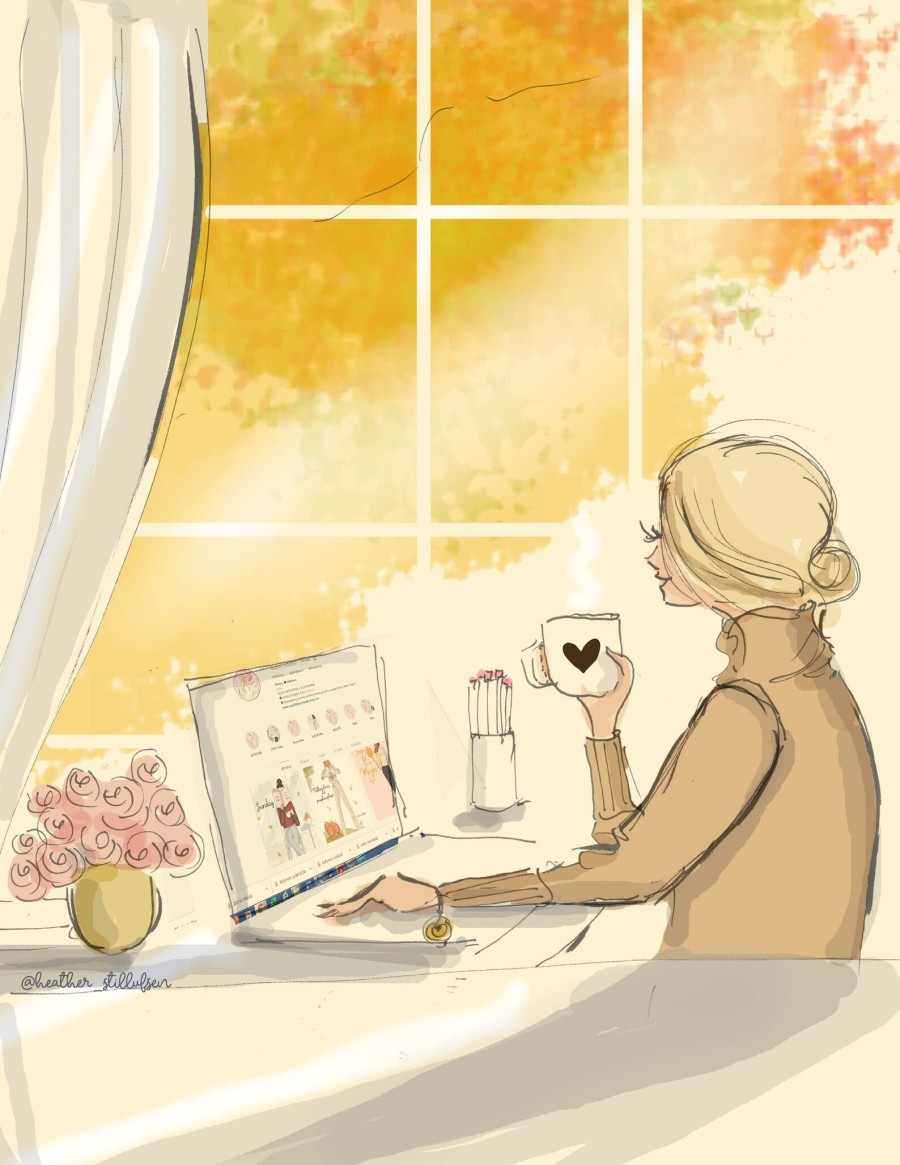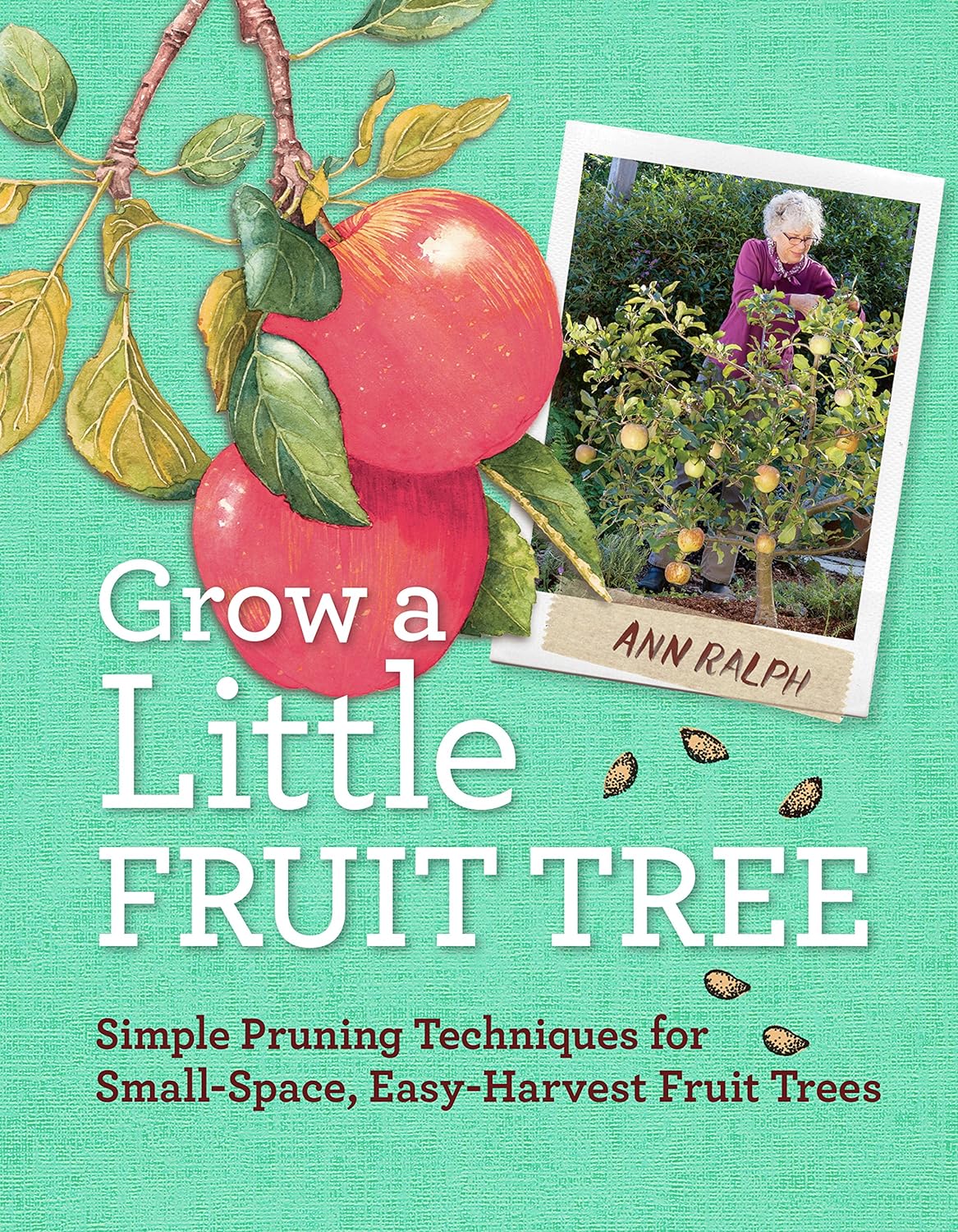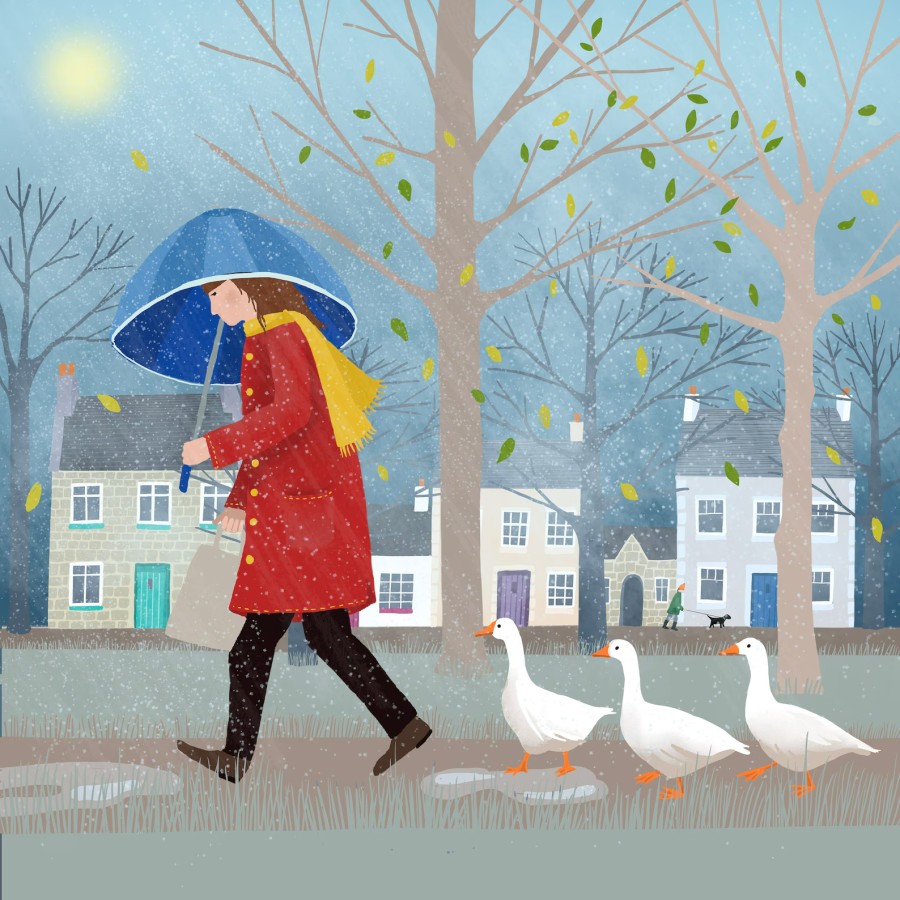
Water companies are a monopoly, so you can’t change them. You can make complaints to Ofwat, but that’s about it. So it’s far more empowering (and better for the planet) to get a bit creative and find ways to save water yourself, rather than sit at home wondering how to pay for rising energy bills.
saving water in the home
- Hippo the Watersave is good for old toilets (you don’t need water-saving devices for modern cisterns). It’s safer than a brick and simply sits in your cistern, to save water each time you flush. It only costs a few pounds, and some councils even supply them for free.
- A great way to save water is to check that your toilet or other areas is not leaking. Thames Water has a handy guide to do this. If you have a leak and get it fixed, you’ll save a lot on water. Obviously if you don’t use a lot of water, then ask your council to install a meter. If you use a lot of water, installing a meter also helps you see where you can reduce unnecessary water use.
- Most DIY stores sell tap aerators, that give the same flow but mix air with water, so they use far less water. Water-saving showerheads do the same, but get a plumber to fit them, for safety.
- Use a universal plug to wash the dishes, this saves water running down the sink unnecessarily, and could save you up to 30 litres a day.
- There’s nothing like a relaxing bath, but showers do use far less water. Although power showers can use as much ,and also use as much energy. You can buy bath diverters that kind of hang out of upstairs windows to water plants, but these are only any good if you use biodegradable unscented bath products or you’ll kill the plants, and could be unsafe for wildlife and pets below.
- The Water-Wise Home is a great (American) book which gives good insight into the three main water-saving areas of rainwater harvesting, greywater harvesting and composting toilets.
saving water in the garden
- This watering can to collect rain collects drops from downpours, to save you turning on the tap and increasing your water bills. Made from recycled plastic, it features an easy-fill design and even a frog ladder, to allow little creatures to escape! In a 7 litre capacity (green or purple).
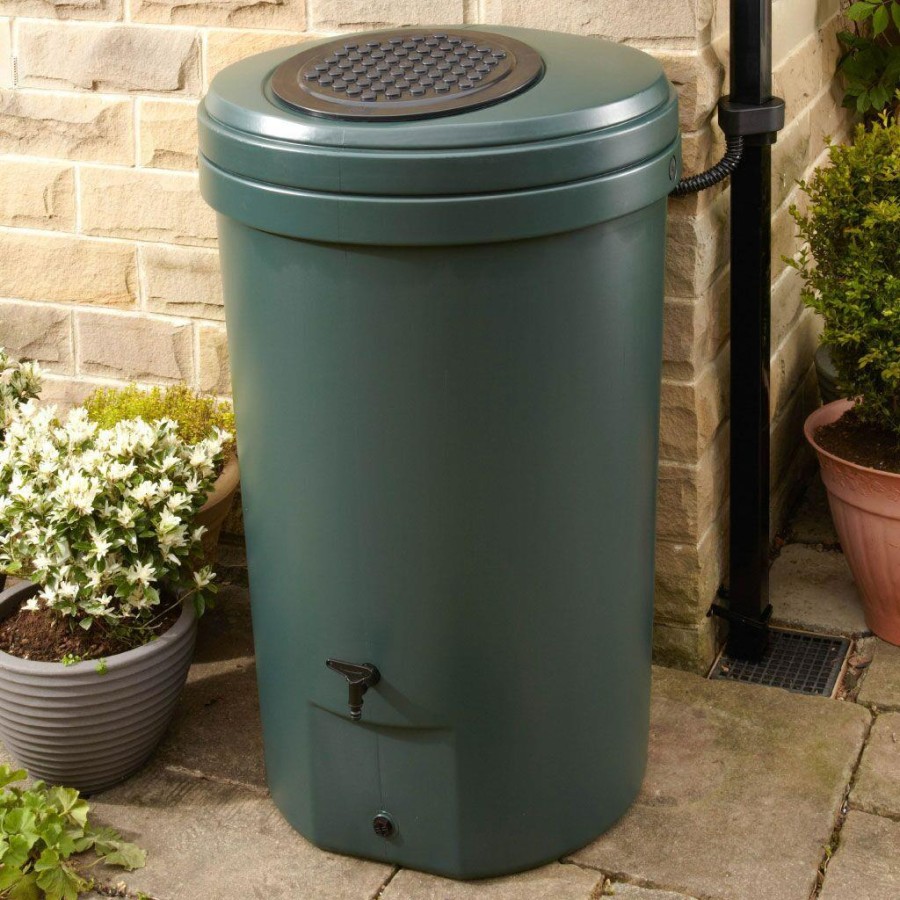
Harcostar water butts are best-selling premium butts to divert rainwater to your garden. This butt saves 350 litres of rainwater and includes a spring-operated child-safe lid and hose connector tap, that sits 340mm above ground level. The butt channels rainwater that falls on your roof, using the Universal Rain Trap (which fits most standard plastic downpipes – not suitable for cast iron downpipes – all water butts should be placed on a flat even surface, not on soil or grass).
Avoid open water barrels near children/pets (drowning hazards & stagnant water can attract mosquitoes). Learn how to make gardens safe for pets (avoid facing indoor foliage to gardens, to help stop birds flying into windows).
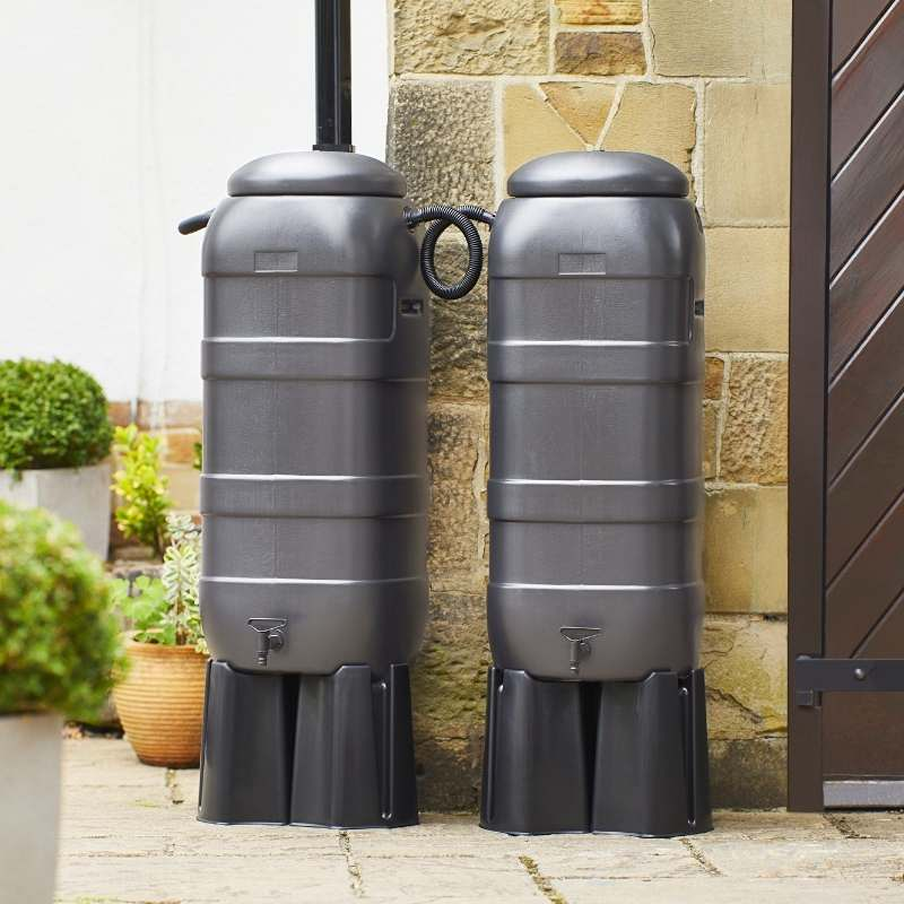
For small spaces, slimline water butts can be linked together if needed, with add-on kits for stands and built-in taps. For large gardens and industrial use, go for a water tank that can take 700 to 1200 rainwater. This pays for itself in no time by reducing water bills (and you’ll never run out, as we always have lots of rain!)
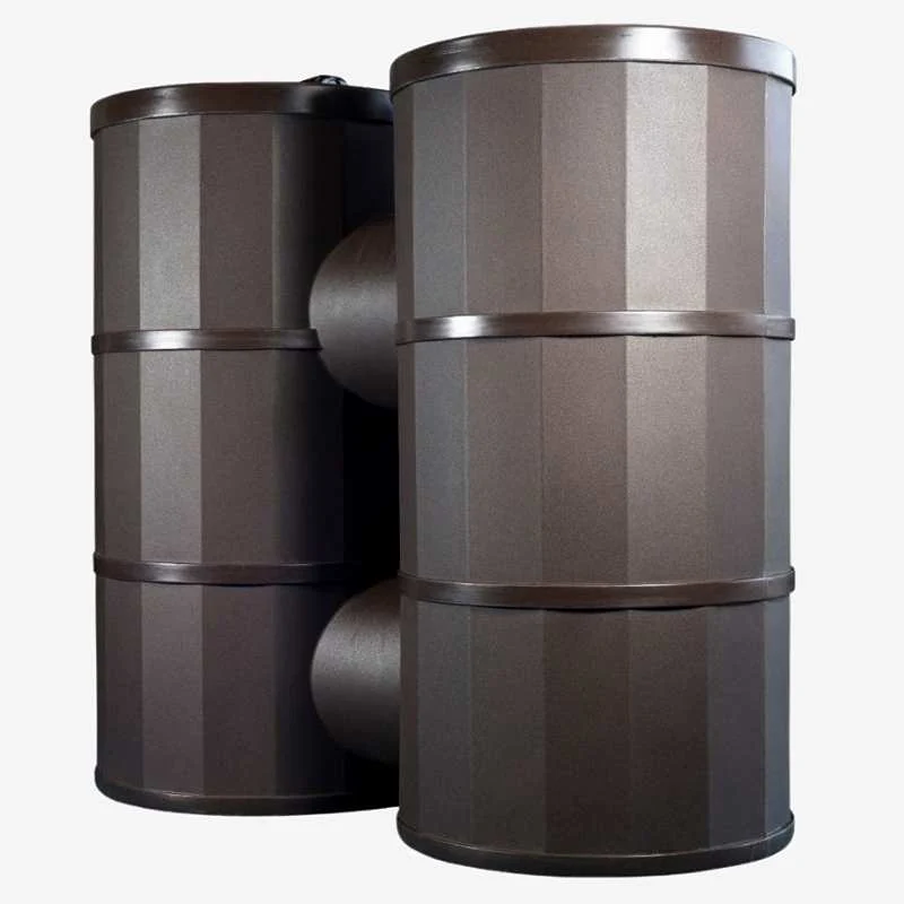
a book to create a water-saving garden
The Water-Smart Garden is a timely book for anyone who faces the dreaded hosepipe pan or water restrictions from their local council, who is on a water meter (and wants to save on bills) or simply wishes to help the planet by using less freshwater in the garden. This book can show you how!
Learn how to make gardens safe for pets. Avoid facing indoor foliage to gardens, to help stop birds flying into windows.
As freshwater shortages increase due to rising temperatures and frequent droughts, it’s important to conserve water as much as possible. You can choose plants that require less water, but there are also dozens of other things you can do. The book covers water-efficient methods like mulch (avoid cocoa, pine and rubber mulch near pets – toxic, can puncture and choke accordingly). Also keep fresh compost away from pets, as it contains mould.
The book includes information on:
- Harvesting & redistributing rainwater in cisterns & rain barrels
- Employing ollas and drip irrigation, to target water to plant roots
- Replacing unused lawns with drought-resilient plants
- Planting containers that require less frequent watering
- Building swales and berms to redirect water to where needed
This book makes it easy to help the precious resource of water, yet still have a resilient, attractive and low-maintenance landscape. Noelle Johnson is a horticulturalist, landscape consultant and garden writer who lives in Arizona (a dry area of the USA). Her passion for the last 20 years has been to create, grow and maintain beautiful gardens that thrive in hot dry climates. She also speaks to garden groups on desert gardening.
quick & easy ways to stop water leaks
Kibosh is a quick way to repair leaky pipes, invented by a qualified plumber. Whether the pipe bursts due to frost, accidental perforation or being old, just fit the clamp around a leaking or burst pipe, and clamp it shut. Once fitted, the Kibosh can be kept in use until a permanent repair can be arranged. It’s also reusable, with no tools needed.
The company has recently released FASTFREEZE clamps that use less gas than foam sleeves to create and mainain an isolating ice plug. Suitable for most types of pipes, these save time and money and can be fitted to clipped pipes in tight spaces. They also save water and the time-consuming drain down of a pipe system. See site for full details.
Hero Labs is an app that uses hybrid HD Ultrasonic technology to check up on your home more than half a million times a day, to prevent water leaks. A burst pipe can release up to half a ton of water per hour, and some things can never be replaced like photos, keepsakes or computer hard drives, even with good insurance. Sonic stops leaks fast, by detecting low flows of water and identifying appliances connected to the plumbing network. The sensors can alert of frozen or freezing pipes to prevent burst pipes and can perform a scheduled pressure check on your plumbing system to detect tiny leaks. The smart shut-off valve can then isolate the incoming water supply in seconds, containing a problem before it gets worse.


